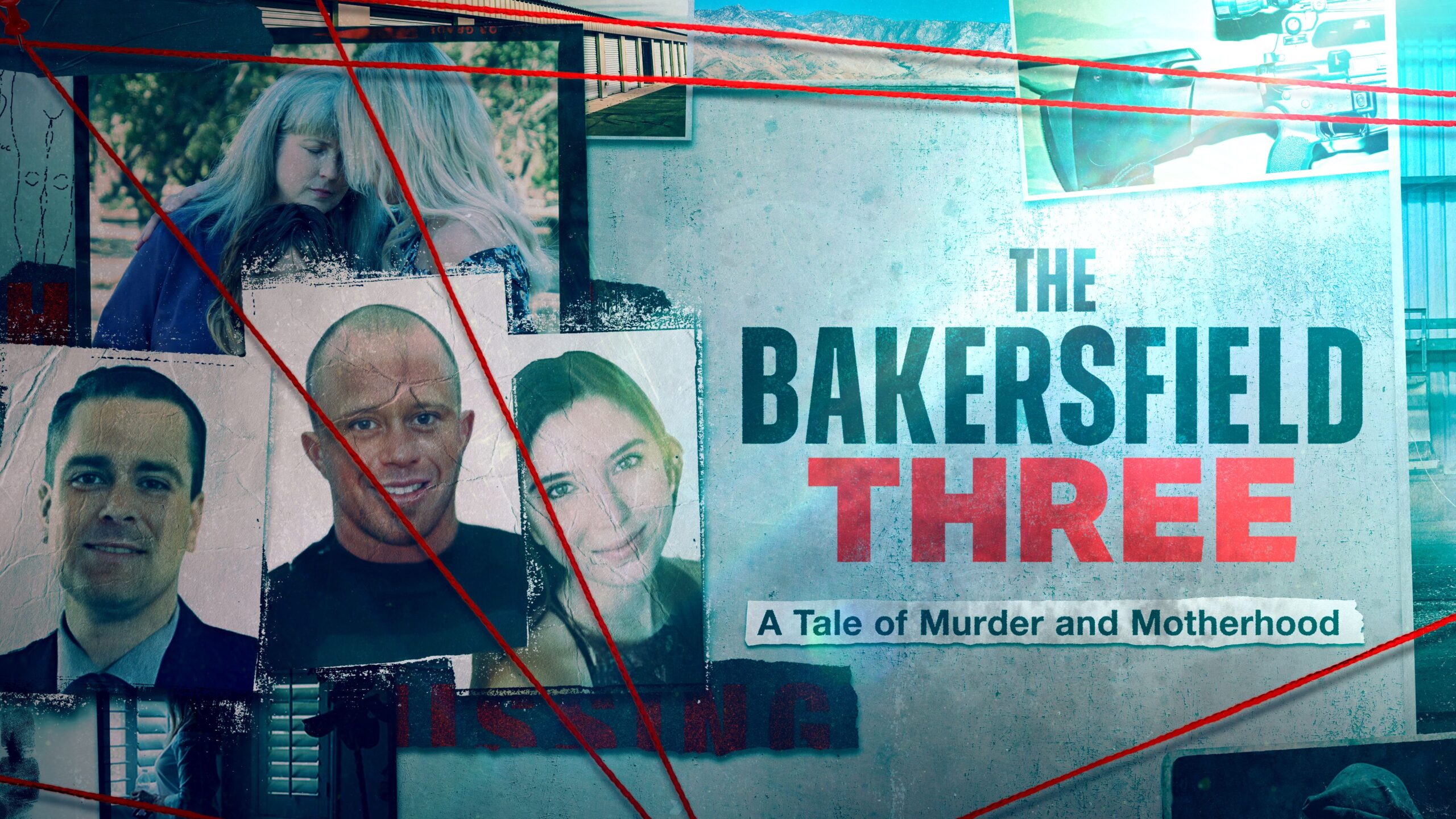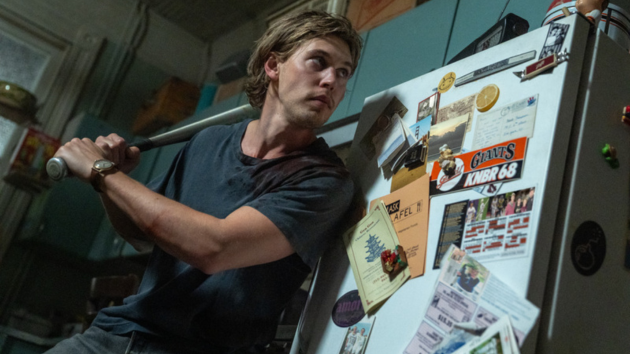We love watching true crime shows, we binge them without getting tired. Murders, scams, crimes committed within cults… Looking back now, we can see that many reality shows that aired on TV had serious issues. We watched programs where victims were treated like suspects and suspects were practically put on trial on live TV. Especially during the pandemic, the surge in true crime documentaries also brought a wave of shows repeating the same ethical mistakes: glamorizing serial killers like “rockstars”, ignoring victims’ names and lives, and ignoring the class and social problems behind the crimes. As we eagerly watched and tried to solve these mysteries, weren’t there important ethical questions we missed or failed to ask? Absolutely. In a media landscape packed with content, true crime documentaries must be created with care, adhering to ethical standards.
So, why are we so hooked on these stories? Is it because we’re relieved it didn’t happen to us, or because we cling to the hope that “the good guys win”? There are psychological and sociological explanations, sure, but we, as viewers, should also ask ourselves: Why do these crimes happen? Why are government budgets spent on militarization instead of creating a better society or speeding up investigations? Are we able to come together and use our right to demand accountability?
True crime documentaries aren’t just something to watch and forget. There are more important things to consider than ratings or views. Both producers and viewers walk a fine line.
In the first half of 2025, we’ve already seen dozens of true crime documentaries. Some repeated the same mistakes we always criticize, while others lived up to the standards of thoughtful, responsible filmmaking In this article, I want to highlight three documentaries that stood out and recommend watching them.
We can only be a voice for the overlooked in real life if we step away from the digital spotlight, and that’s only possible through unity…
THE BAKERSFIELD 3: A TALE OF MURDER AND MOTHERHOOD: “3 IS STRONGER THAN 1”
Making a documentary about true crimes that are still under investigation is incredibly difficult. Ongoing investigations limit the information police can release, which can affect how watchable a documentary is. However, through the production team’s own research, overlooked evidence can come to light and new witnesses may be found. Social media can also offer fresh perspectives to cases. The Bakersfield 3: A Tale of Murder and Motherhood is worth watching for these reasons.
In spring 2018, two young people (Micah Holsonbake and Baylee Despot) went missing a month apart, and another, James Kulstad, was murdered in Bakersfield, California. At first, these incidents seemed unrelated. But when the mothers of the victims posted on Facebook, they unknowingly began a partnership that would last nearly seven years. Three mothers, Di Byrnes, Cheryl Holsonbake, and Jane Parrent, who became known as the “Bakersfield 3”, share how they united in the search for their children and how they coped with delays and shocking revelations in the investigation.
Despite limited police disclosures, the documentary features interviews and shows how these three mothers’ determination managed to move an entire town. The documentary highlights broader issues too: rampant trafficking, community fear, gang activity, widespread drug abuse, and the mental toll of unemployment, all make the documentary even more impactful.
This is more than just a true crime story, it’s about the strength of families. But it also raises a key question: If families have to run their own the investigations and upgrade their tools, what exactly are government institutions for?
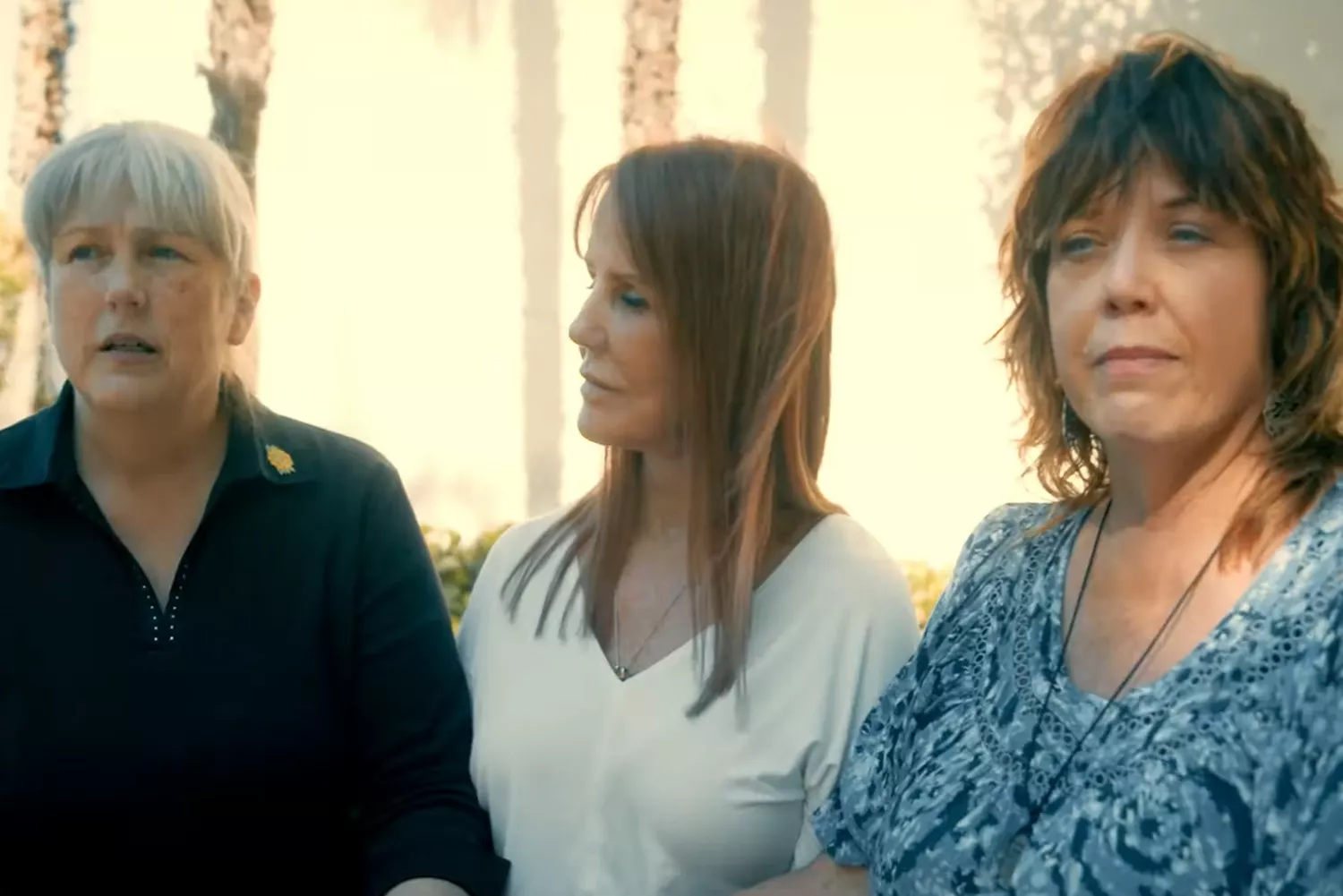
GONE GIRLS: THE LONG ISLAND SERIAL KILLER “JUSTICE FOR THE IGNORED”
There have been countless shows and articles about the Long Island Serial Killer. What sets this documentary apart is its detailed look at how the investigation was mishandled and the voices of the victims’ families demanding justice.
In July 2023, Rex Heuermann was arrested as the Long Island Serial Killer. The case had begun back in 2010 when Shannan Gilbert was reported missing. So why did it take 13 years to solve this case? Was the killer just that clever? Did he really leave no trace? Did no one see him? Why were witness statements ignored? Did police refuse to search for missing sex workers because they saw it as a “high-risk job”? Did a feud between police and prosecutors in 2010 stall the case? How did the new police chief and district attorney in 2022 finally crack it? Was corruption in America’s largest-budget police force to blame?
Gone Girls: The Long Island Serial Killer answers all these questions. Directed and produced by Liz Garbus, the true crime documentary exposes the consequences of a broken system. We learn the personal stories of the young women who were killed, directly from those who knew them best.
The documentary doesn’t just tell us how a killer was found, it shows us the cost of justice delayed by corruption.
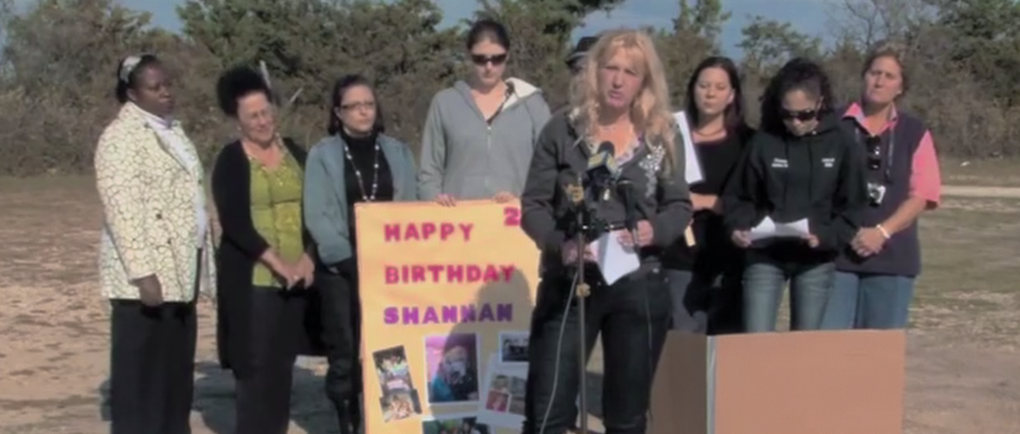
DEVIL IN THE FAMILY: THE FALL OF RUBY FRANKE “BEHIND THE SCENES OF BIG, HAPPY FAMILIES”
Beautiful homes, beautiful, well-groomed people, big happy families, gratitude, perfect lives… The polished world presented to us through social media and YouTube started to unravel with Ruby Franke’s arrest. Devil in the Family: The Fall of Ruby Franke gives us an inside look at what really happened in the Franke household, drawing from over a thousand hours of never seen before video footage and witness interviews.
Springville, Utah, a conservative, safe, upper-middle-class town, was once the epicenter of wholesome family content. One of these families, Franke family, reached up to 3 million views with their YouTube channel, 8 Passengers. Ruby Franke started posting in January 2015, sharing the gender reveal of her sixth child. Their cheerful kids, fun moments, religious ceremonies, and prayers drew in audiences. By 2017, YouTube income and sponsorships were the family’s main source of livelihood. By 2018, Ruby was one of the platform’s poster moms. At first, her husband Kevin seemed hesitant, but the money eventually pulled him in too.
The documentary not only exposes how parents used their children to profit from social media but also reveals the manipulations of those obsessed with forming cult-like groups. It raises critical concerns about children who can’t make their own decisions becoming public figures online, opening the door to exploitation. And even now, the most viewed videos are still those picture-perfect “happy family” clips, which should really make us reflect.
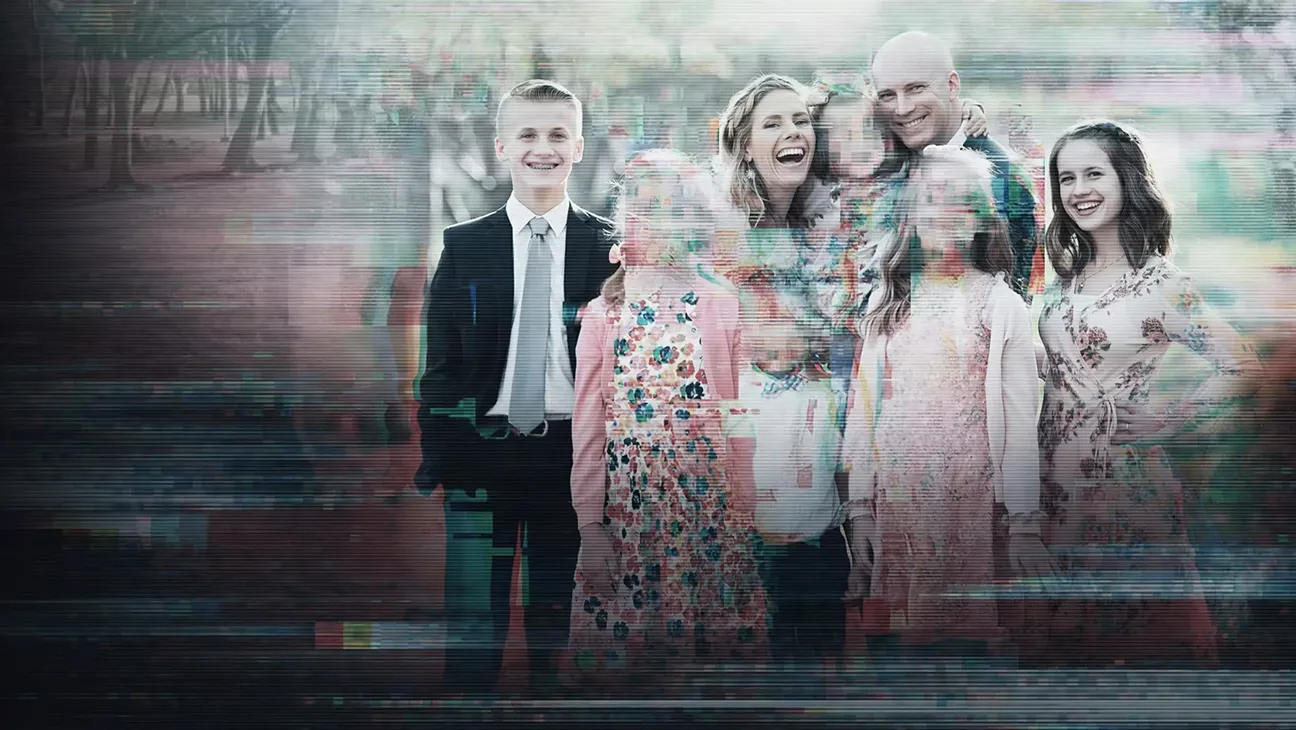
This article was featured in Episode Magazine’s NEM Dubrovnik & NATPE Budapest 2025 issue.


